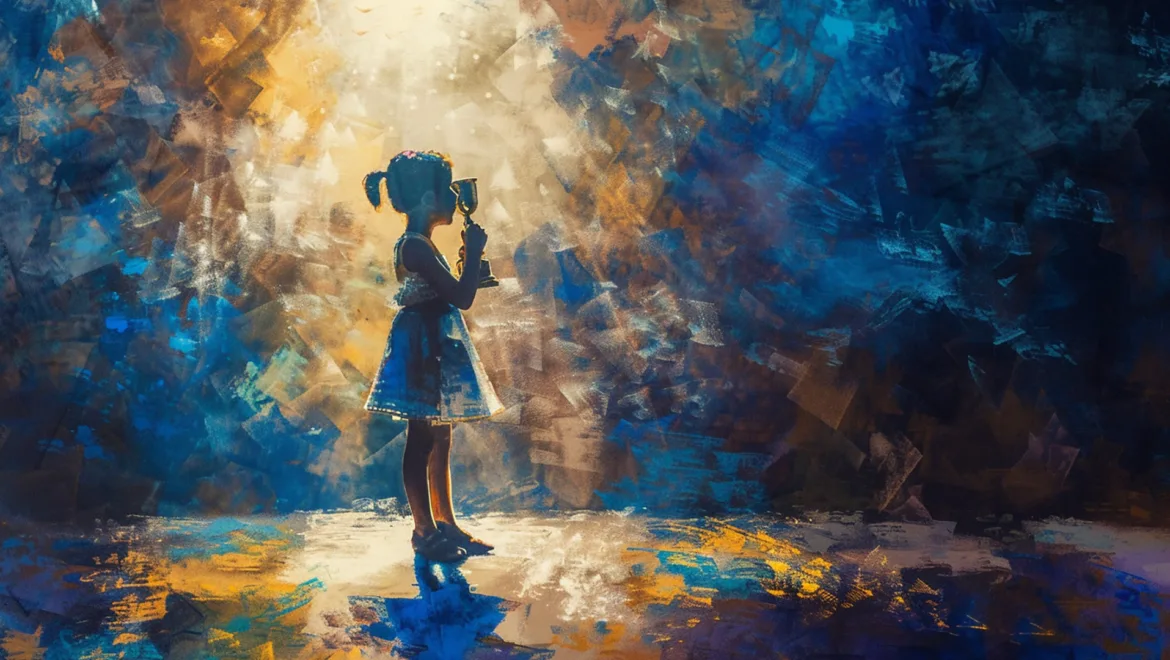I won a spelling bee at age eight. The glow of being “better than everyone” is with me to this day if I think back hard enough. I got a little trophy and a big head. The next week, I learned that success can come with consequences, when I misspelled parquet on a test (a pretty tough word to give eight year olds!) and the teacher frowned and told me I could do better. I felt like a terrible failure. What good was winning if I could just fail the next time?
Well, it’s good for character, and it’s also good for the characters we write.
As I’ve grown up, I’ve found that our most painful moments can transform into the richest stories. It turns out that the raw, unedited experiences of childhood don’t just haunt us; they fuel creativity. Two of the prequels I’m writing, one centering on Celia and the other on León, are proof of this alchemy. They are both echoes of real, transformative moments in my life when I was a child. I’m often surprised, when thinking about a character’s motivations in a story, to realize that I’ve been through something similar. This happens even when I think the character is nothing like me!
Personal Struggles as Narrative Fuel
Celia’s prequel digs into small, painful childhood moments that most of us would rather forget. I revisited memories of a little girl who felt silenced by bruises and isolation, where every move I made felt wrong and unsafe. The short story that came out of me isn’t merely about Celia’s troubled childhood. It’s a reflection of the times I felt unseen, misunderstood, or forced into silence. These memories, raw and unpolished, became the building blocks for a character whose unspoken pain later turned into a powerful narrative voice.
While Celia’s story is rooted in silence and pain, León’s narrative takes a different turn. He has lived my spelling bee moment! He’s celebrated and admired, feeling the exhilaration and weight of expectation that comes with being thrust into the spotlight. I was a talented kid too, so I tapped into the universal thrill (and anxiety) of being recognized. That moment of public recognition, coupled with the private fear of not living up to it, is one I went through too. León’s mix of pride and vulnerability makes the narrative come alive, but I felt it first.
Crafting a Cohesive Narrative Arc
What excites me most about these prequels is how they transform disparate memories into a cohesive narrative. The process of writing them is like untangling a knotted ball of emotions, where every thread reveals a larger truth about growth and identity, with a theme, a conflict, and a conclusion. When I get to a plot turn and wonder how to get my character to the end I have planned for them, I have to ask myself how the character would feel, and then how I might have felt in the past. When I stumble on the right memory, I have to ask a few harder questions. How do I turn this into something universally relatable? How can the specific details of my highs and lows evolve into believable struggles for my characters?
For me, it’s about finding balance. I try to let the intensity of those early experiences shine through while also staying true to the characters. These characters are not me! I’m not writing an autobiography here. I’m trying to tell stories about characters who feel real. So the details of my memories are changed—ages, circumstances, and names are all revised—but the feelings I felt? Those I try to share with you.
The Magic of Writing
The act of writing is about storytelling, but it’s also my way of understanding my own creative journey. Turning personal struggles into narrative fuel has been a cathartic process. It reminds me that every scar and every triumph, however small, can become a source of artistic power. And perhaps that’s the true magic of writing: taking the silence of a bruised childhood or the weight of a golden trophy and letting them light up the page, not just for me, but for anyone who has ever felt unseen or seen too clearly.

